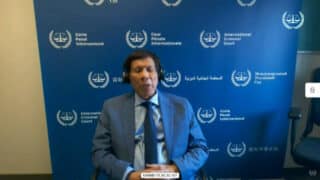The benefits of open access and retail competition, which the Energy Regulatory Commission has set for implementation on December 26, will only be felt after one to two years, when stakeholders have fully understood how it works.
According to Jose Alejandro, energy committee chairman of the Philippine Chamber of Commerce and Industry, open access is not an easy thing to master. At the very least, the learning curve will last around one or two years.
“It will take time for the real contestable market to reap the benefits of open access,” Alejandro said in an interview.
Also, Alejandro said the implementation of open access at a time when there was an expected shortfall in power supply would make things a bit tricky.
“Open access is nice, yes, but with the shortage of power supply, it won’t work that well,” he said.
Despite this, Alejandro said the ERC’s decision to implement open access before the end of the year was good, as it would help prepare stakeholders to take advantage of lower power rates once new generation capacity comes in.
“By then, we’ll be ready. We would have already learned what we need to learn to better take advantage of open access,” Alejandro said.
Open access and retail competition will allow consumers to choose their own power suppliers. The program will start with large power users, or those with an average monthly demand of 1 megawatt, and work its way down to the household level.




